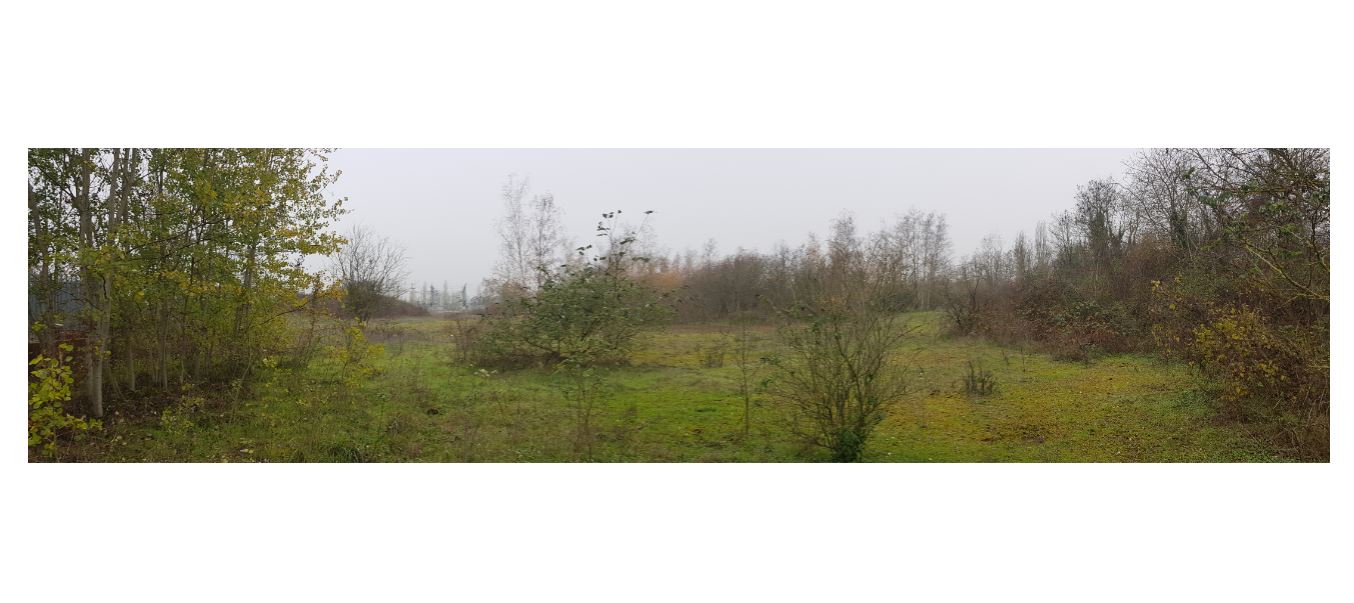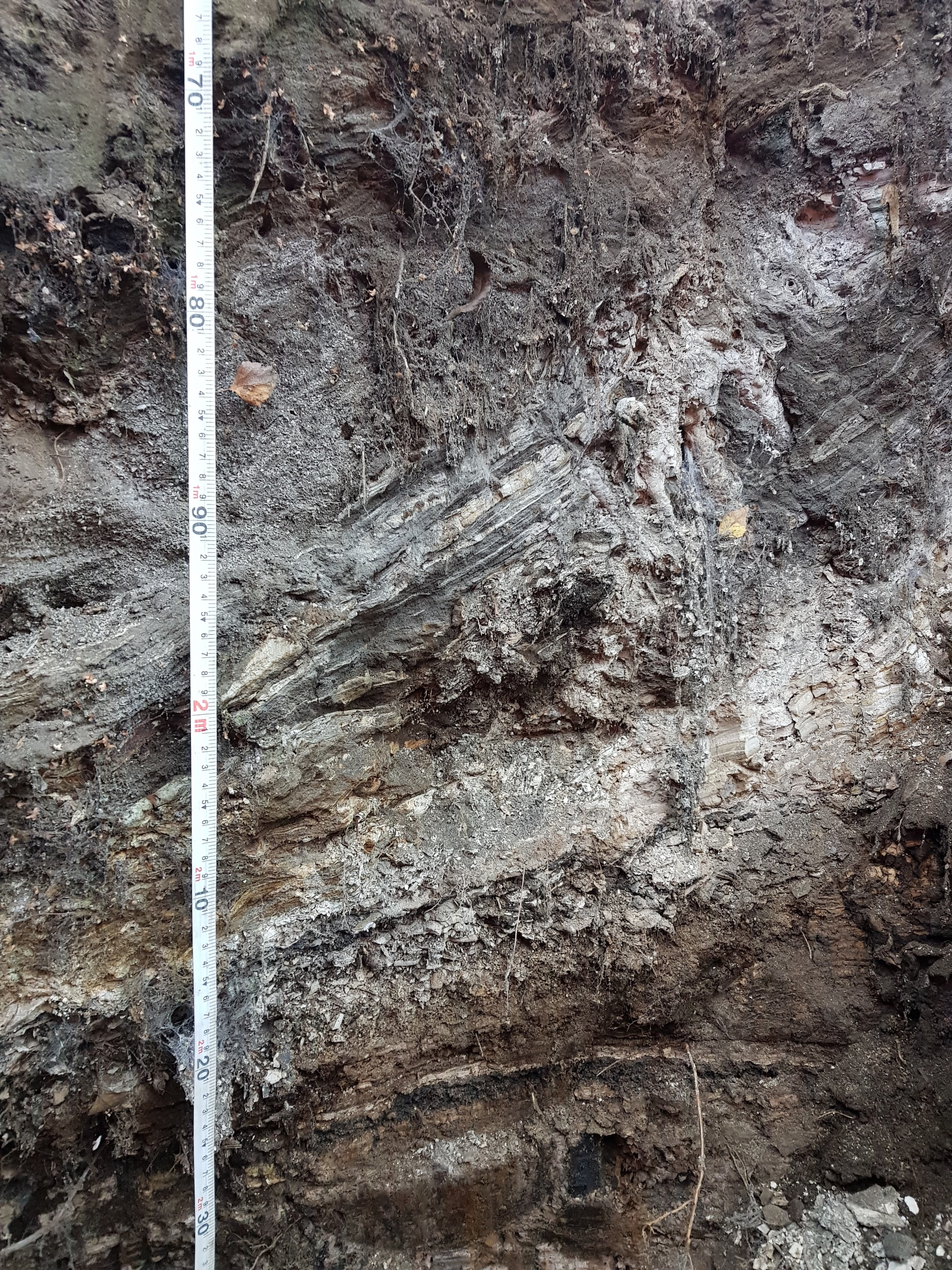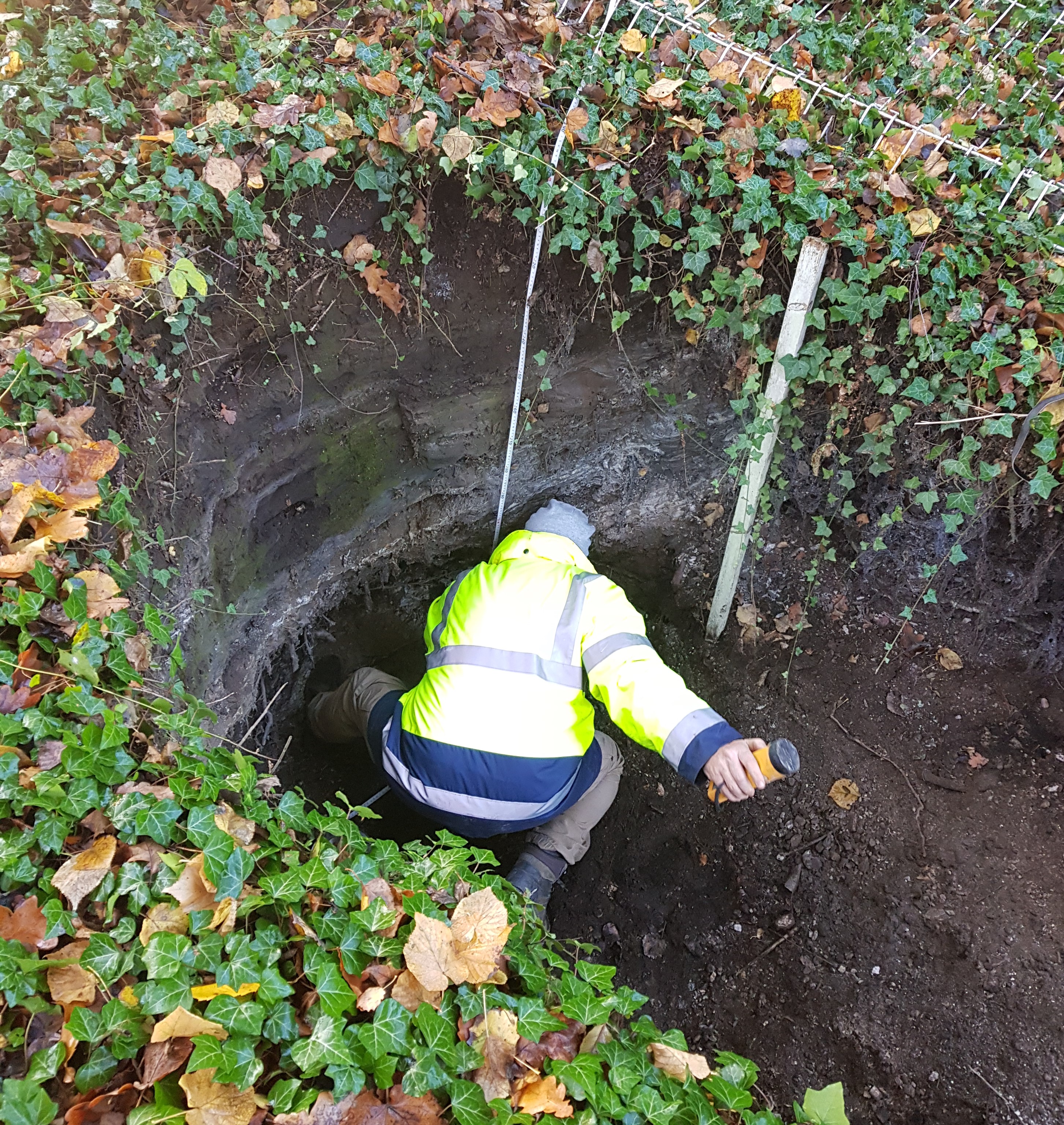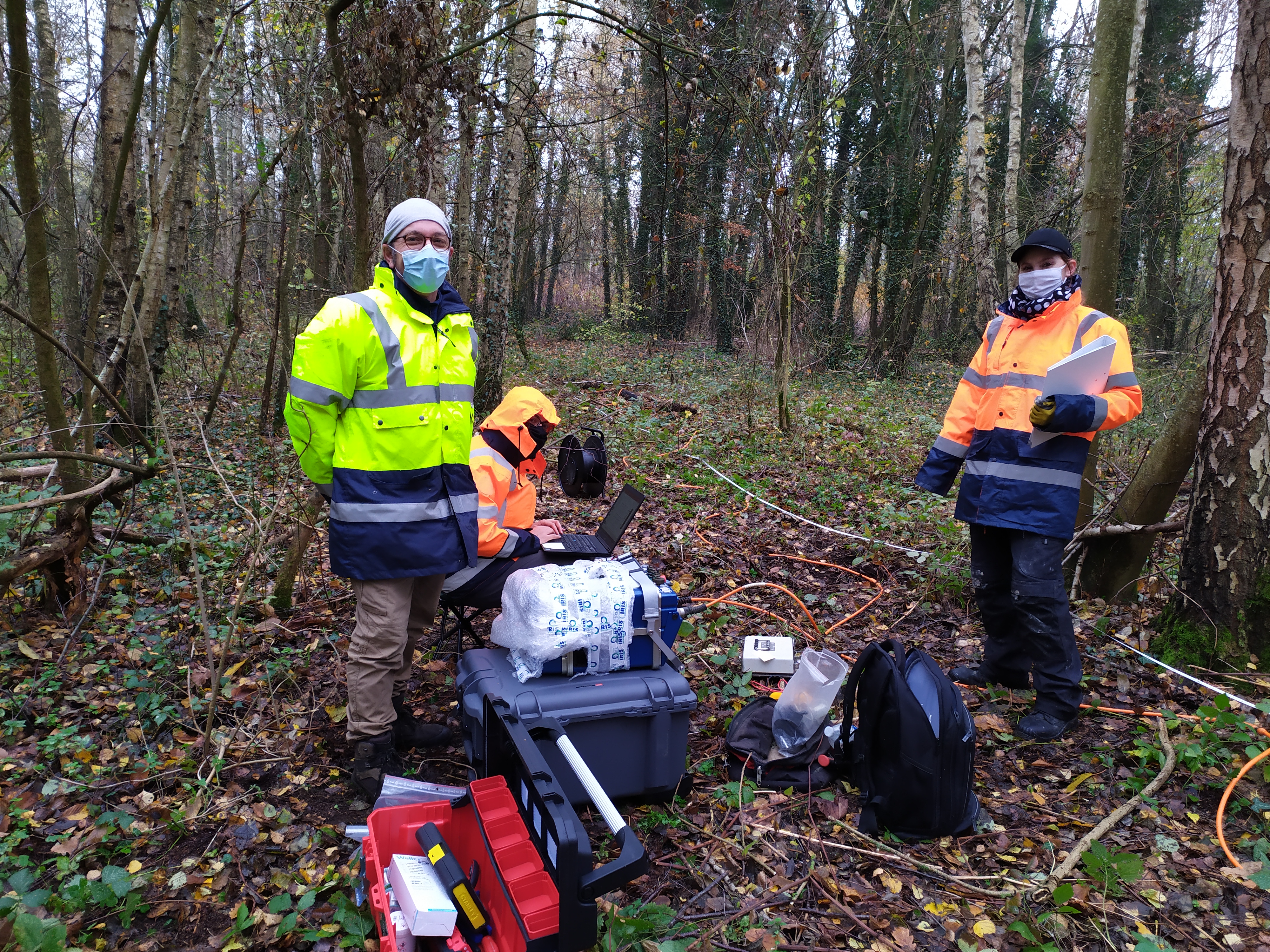After the DUFERCO steelmaking site in Wallonia (Belgium) a few months earlier, it is now up to the Pompey pilot site (France), managed by the EPFGE (Etablissement Public Foncier de Grand Est), to welcome a team from the European INTERREG NWE-REGENERATIS project. In a circular economy mindset, the objective of this project is to determine the potential of past metallurgical sites by means of geophysical investigations to recover materials of interest present in their soil. Some samples have been taken for characterization and to carry out some lab tests (mineral processing and eco-catalyst).
Geophysical and lab investigations in progress on the former metallurgical site of Pompey in Lorraine (France)

The Pompey site, which bears witness to Lorraine's metallurgical activity, is potentially rich in recoverable materials
On the Pompey site in Meurthe-et-Moselle, the BRGM (Bureau de Recherche Géologique et Minière), in close collaborations with U. Liège (University of Liège, Belgium), a partner in the NWE-REGENERATIS project, is carrying out geophysical investigations in order to better estimates the volume and the quality of materials to be recovered. The investigation methodology is designed in collaboration with U. Liege and the University of Cranfield (UK). During the site working day organised on site, the Walloon company SPAQυE (Claudia NECULAU), leader of the NWE-REGENERATIS project, and IXSANE engineering office (Adeline JANUS), also a partner in the project had the opportunity to participate to the first investigation campaign organized by BRGM (Jean Christophe GOURRY and Pauline KESSOURI).
Their attention is currently focused on a limited area of the former iron and steel sludge settling basin. This basin is about 10 meters deep and was created during the industrial activity of the site.

Pompey site soil contains numerous metallurgical residues.
Soil samples taken at various depts, from surface to 2 meters down an existing pit, will be characterized by the CTP (Centre Terre et Pierre) in Tournai, Belgium, a partner in the NWE-REGENERATIS project.
In addition, magnetic susceptibility measurements, probing the soil at a depth of 2 meters, are being deployed to identify magnetic elements present in the soil, in particular specific iron oxides.

A kappa-meter is used to measure the magnetic susceptibility of the different soil layers
Electrical resistivity and induced polarization surveys use 96 electrodes placed every two meters. They will enable the establishment of a 2D profile of the soil electrical resistivity and chargeability variations to a depth of around 25 meters.

Jean-Christophe GOURRY and Pauline KESSOURI from BRGM alongside Adeline JANUS from IXSANE.
In this context, the use of geophysical investigations, alongside information collected during the historical studies, makes it possible to pinpoint zones with a higher concentration of metals (copper, manganese, zinc, iron, etc.) for future recovery as well as to estimate the potential volumes of materials present on site.
Moreover, these geophysical investigations will be used to feed a tool based on artificial intelligence - the SMARTIX (one of the outputs of the NWE-REGENERATIS project), which will allow to select the most appropriate way of recovering the soils and materials found there.
Another geophysical investigation campaign is planned for the coming weeks. BRGM and the University of Liège, will carry out more extensive electrical, seismic and magnetic measurements in order to determine the geological limits of the settling basin and to specify the lateral limits of the observed variations in geophysical properties.
The first results of soil analysis are also expected in the coming weeks. Coupled with the electrical and magnetic investigations mentioned above, these results will help to determine the recovery potential of the materials present in the soil of this former industrial site in Lorraine.
